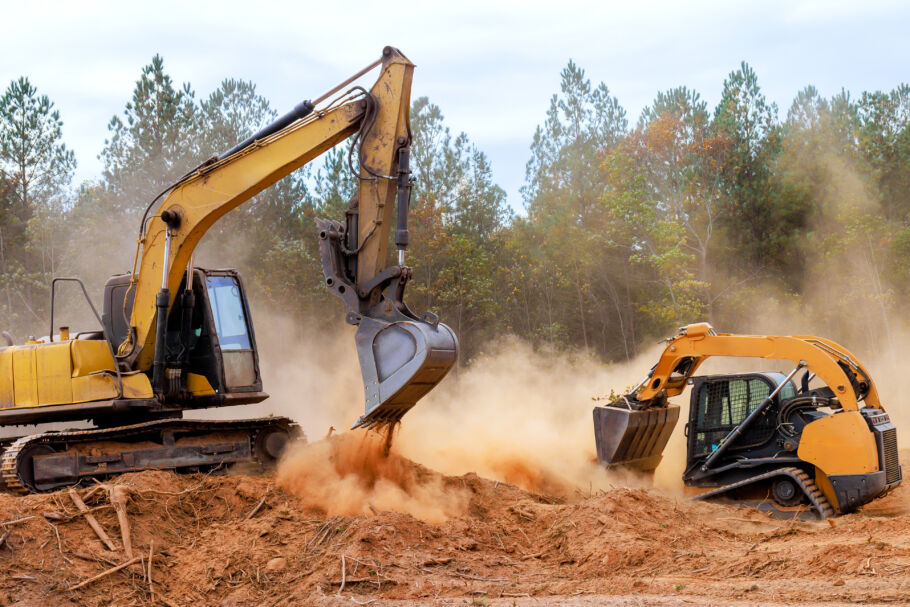
Contributors: Stephanie Hepburn
Date published: 26 November 2021
Deer fences: a barrier to access rights?
Deer form an important part of the ecosystem in Scotland’s countryside, shaping both the wildlife and landscape. The wild deer population also constitutes an important element of Scotland’s rural economy. However, where deer numbers grow to an unsustainable level this can result in damage to local woodlands, crops and property. In order to avoid this, landowners often take steps to effectively manage wild deer and reduce their impact.
How are deer managed?
One of the most common methods of managing the impact of wild deer is the erection of deer fences. Landowners are able to apply for subsidies to erect deer fences intended to manage the movement of wild deer. However, these fences may conflict with the public’s right of responsible access under the Land Reform (Scotland) Act 2003.
The impact on access rights
Due to their height compared with other forms of stock fencing, deer fences can create a barrier to access and have the potential to interfere significantly with public access rights. In order to mitigate the impact of deer fences, landowners are required to provide an appropriate means of access, either through or across deer fencing. These access points must be clearly marked on the fence to guide the public. Often, landowners will provide this access in the form of stiles but concerns have been raised that in some cases the height of the stiles can cause difficulties for individuals. This is particularly the case if stiles have fallen into disrepair. Where this deterioration goes so far as to make the stiles unusable, landowners may be at risk of becoming liable for failing to maintain an appropriate means of access in accordance with their obligations under the 2003 Act.
Landowners should bear in mind the potential conflict between deer fences and access rights. In order to avoid any potential liability it is essential that landowners put appropriate measures in place to ensure the public can take access through or over deer fencing, whether through the use of stiles or gates. It is also crucial that landowners make efforts to ensure that these access points are clearly signposted and maintained in good repair.
For more information please contact Stephanie Hepburn, Senior Associate in our rural disputes team, at stephanie.hepburn@shepwedd.com.
Contributors:
Stephanie Hepburn
Partner
To find out more contact us here
Expertise: Dispute Resolution, Real Estate Disputes
















